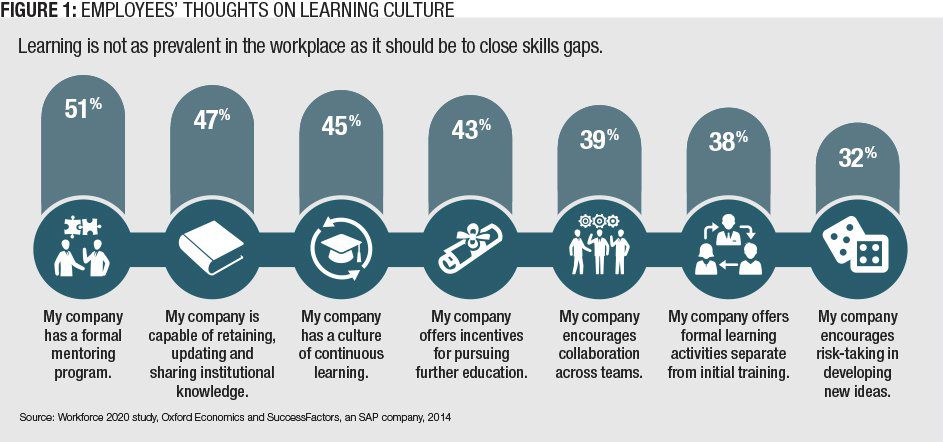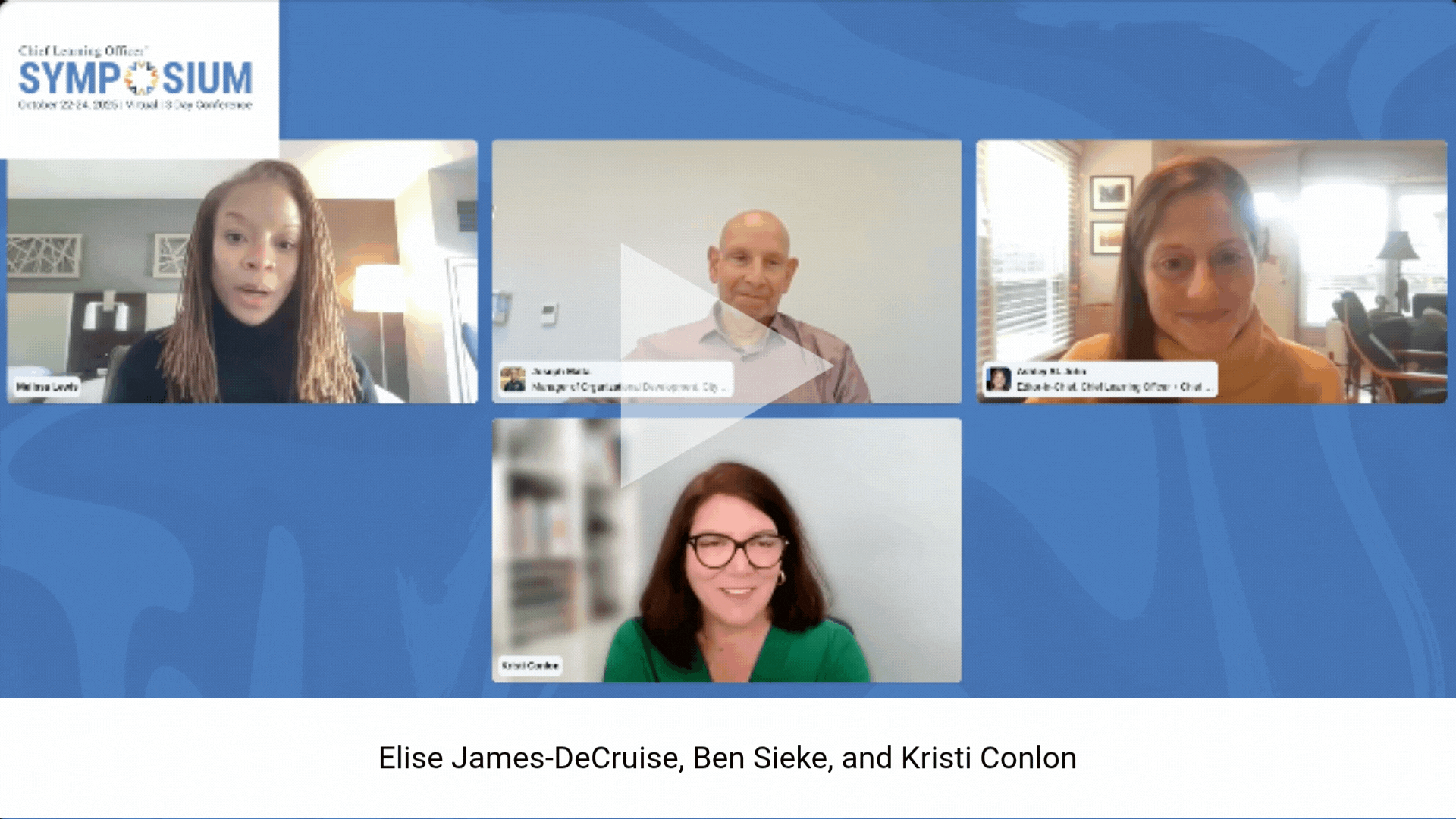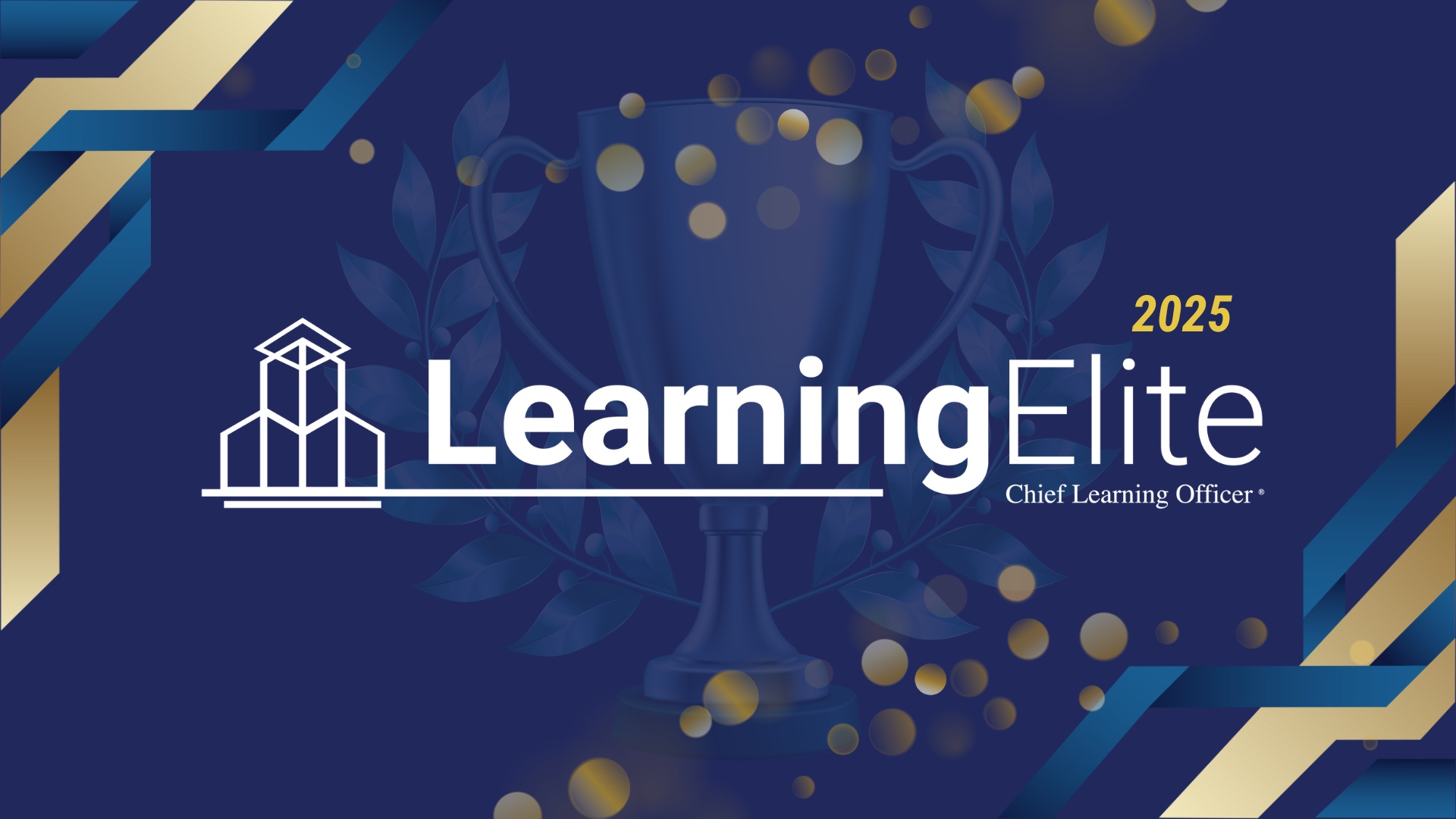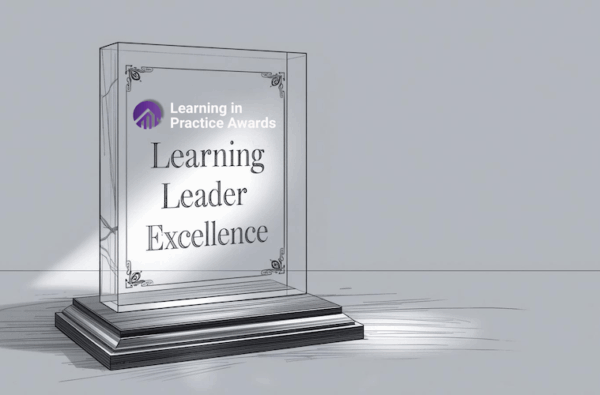In 2012, the learning community was slapped with a startling statistic.
According to Wharton School George W. Taylor Professor of Management Peter Capelli in his book “Why Good People Can’t Get Jobs,” almost 80 percent of employees had not received company-sponsored skills training in the past five years. His research revealed that, at best, only half of corporations offered learning benefits. The rest left workers on their own to advance their skill sets.

Three years later not much has changed, according to a 2014 study by Oxford Economics and SuccessFactors, an SAP company (Editor’s note: The author works for SAP.). Looking at more than 5,400 global executives and employees in 27 countries, the Workforce 2020 research found most companies worldwide aren’t doing enough to develop their workforce, especially in theareas of learning, mentoring and succession planning.
Building a learning culture is not easy, but it can be done, and it’s necessary. As evidence, consider the following findings from the study (Figure 1):
• Not enough employees get opportunities to learn. Only 41 percent of employees say they get opportunities to grow, and just over one-fifth of employees say self-directed learning is important
to their employers.
• Companies aren’t prioritizing mentoring opportunities.Just over half have a formal mentoring program, and fewer than 40 percent of executives offer job rotation and job shadowing.
• Fewer than one-quarter of companies use learning to boost retention.Just 23 percent of executives offer education to keep employees loyal and engaged.
The report also found that a lack of metrics and tools restrict human capital management professionals from developing strategies to build the workforce of the future. While 53 percent of executives say workforce development is a key differentiator for their firm, only just over a third have enough data to analyze workforce needs, and 42 percent say they can derive meaningful insights from data (Figure 2).
Game On, Marketing
Fortunately, executives do realize their workforces need more skills — today and in the next three years (Figure 3). But learning leaders will have to do some digging to determine why these executives aren’t interested in the development offerings already available. It may require some marketing to sway leaders to invest in learning. For instance:
Do market research. Too many learning leaders can’t get their stakeholders to reveal specific objectives. But whether these stakeholders don’t want to articulate their business goals or haven’t yet defined them, chief learning officers must help them to spit them out or figure them out.
Provide the “reason to believe.” Good marketing provides convincing evidence that a product does what it claims. Measure the business results learning initiatives achieve — that will be easier once stakeholders provide actual targets — then report results to senior executives and other internal clients consistently.
To ensure key stakeholders understand the importance of continuous learning, use the audience’s language. HCM professionals need to speak advanced “business” and its various dialects — finance, engineering, etc. Beginners likely will be ignored.
Leaders at packaged food company ConAgra Foods Inc. understand the need to report success in critical learning programs. Jennie Reid, the company’s senior director of human resources, said it’s also important to align with senior leadership about workforce development priorities. Without that alignment, she said learning efforts will go nowhere.
ConAgra’s learning programs support the organization’s top business priorities around staff retention, development and innovation. “We take a business-first, function-second approach. That means that some functions don’t get as much attention sometimes, but overall the business wins,” Reid said.
Further, senior leaders champion learning. Reid said while HR needs to develop and spread the learning and development message, senior leadership must champion the initiative to get buy-in throughout the company. “Every leader needs to play a role,” she said. “If leaders don’t believe in it and drive the messaging, it’s pretty difficult.”
Customers: The Other End User
Leaders, however, are simply the buyers for the ultimate customer — the learner. Reid said it’s important to understand employees. Who are the people who will benefit from learning, and what do they already know? “What role do they play, where do they sit within the organization, and what value do they bring through effective performance?”
This deep knowledge of the end user will help to focus learning efforts. With five generations in the workplace and millennials to make up half of all workers by 2020, according to the U.S. Bureau of Labor Statistics, this is more critical than ever. The more information learning leaders have, the easier it will be for them to align to organizational and employee priorities.
For example, much of today’s workforce is increasingly accepting of massive open online courses, or MOOCs. Once shunned by learning leaders as outside interference, MOOCs are more widely embraced as a cost-effective way to expand a company’s learning options and allow employees to focus on their development at their convenience and pace.

Figure 2: Playing Catch-Up (Source: Workforce 2020 Study, Oxford Economics and SuccessFactors, and SAP company, 2014)
Julia Stiglitz, director of business development and strategic partnerships at Coursera, a for-profit educational technology company that offers MOOCs, said large companies such as AT&T Inc., GE and Yahoo Inc. are experimenting with Coursera to offer courses and learning outside their core expertise. “At AT&T, employees engage independently, but they have a structured curriculum including both in-house and Coursera courses,” Stiglitz said. “When these courses lead to certification, that recognition helps the employees throughout their career at AT&T.”
Stiglitz said many of these hybrid programs include highly sought-after skills such as analytics and data, which both narrow a company’s skills gap and advance its workforce without the high cost of new employee acquisition. Such offerings also serve as an employment perk. “Employees can put Coursera and the partner universities’ credentials on their résumé and LinkedIn profile. That’s something really appealing that traditional internal development may not offer,” she said.
Signs of a True Learning Culture
If learning leaders are offering courses that solve business challenges and appeal to learners, and senior stakeholders evangelize learning, a fully functioning learning culture isn’t far away. But there’s more to it.
“Having a lot of classes available and sending people to courses — that’s not a culture of learning,” Reid said. “It’s about embedding learning into everyday roles — and both leaders and employees recognizing and prioritizing that.”
Reid also said employees must be active in their own development for the culture shift to last. As with formal education, employees will only grow if they are invested in the process. Learning can customize programs to support their goals, but that’s only part of the battle.
It’s about laying the foundation and creating the environment where employees can take advantage of great opportunities, Stiglitz said. “That means making them available, reimbursing employees for participating and recognizing it as part of peoples’ professional development. There is a need, especially in fields that are changing rapidly, to create a new education category. A lifelong learning model can change the way people learn and go beyond current thinking about education.”

Figure 3: All Skills Are Not Alike (Source: Workforce 2020 Study, Oxford Economics and SuccessFactors, and SAP company, 2014)
Capturing employee information and documenting progress for learning initiatives can seem overwhelming. Technology can simplify this process and can with company and employee goal-setting and documentation. Software also can incorporate new types of learning and development tools with traditional options through virtual learning centers.
These programs enable measurement of an employee’s progress and initiatives such as onboarding or performance reviews. This can tie seamlessly into employee or manager’s roles, and can help a company transition culturally from a training-centric model to a more holistic learning- or talent development model.
More companies are centralizing and integrating their learning tools. Increased integration and stronger data and reporting can help create measureable learning strategies that generate value for employees and for the C-suite.
“As learning professionals we should advocate that learning and development become an expected outcome of the work that happens every day,” Reid said. “The key is getting our employees to think about what can be done differently or better. Encourage them to ask the questions: How can we work together more collaboratively next time? What have I learned today that will make me better tomorrow? Through this, companies will see the learning culture take hold, and personal and company performance will increase.”
For all companies, building a learning culture requires every employee and leader to play a role in continual workforce development. Constant progression and development depends on corporate leaders, employees, vendors and educational institutions working together to move the industry forward, creating and leveraging opportunities for an educated, engaged workforce.

















